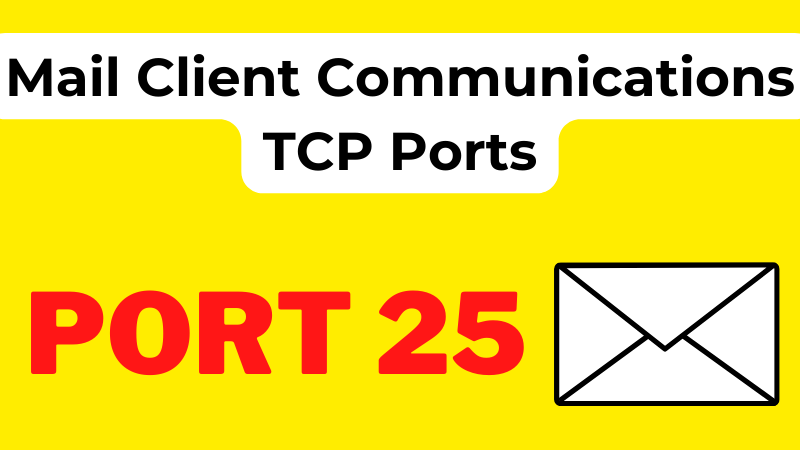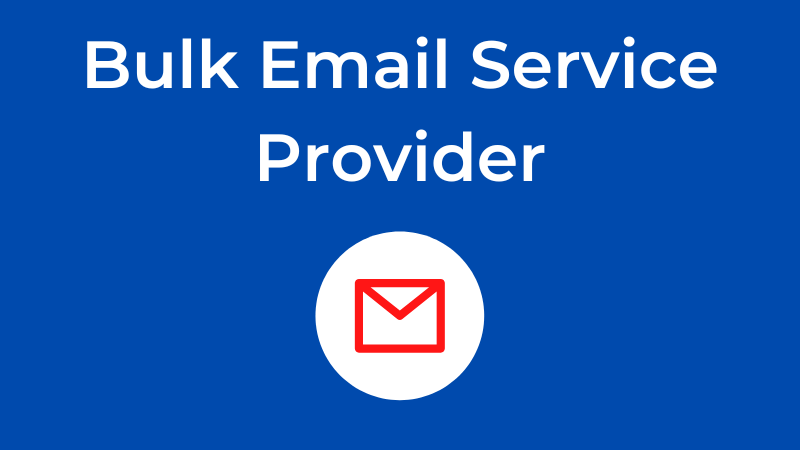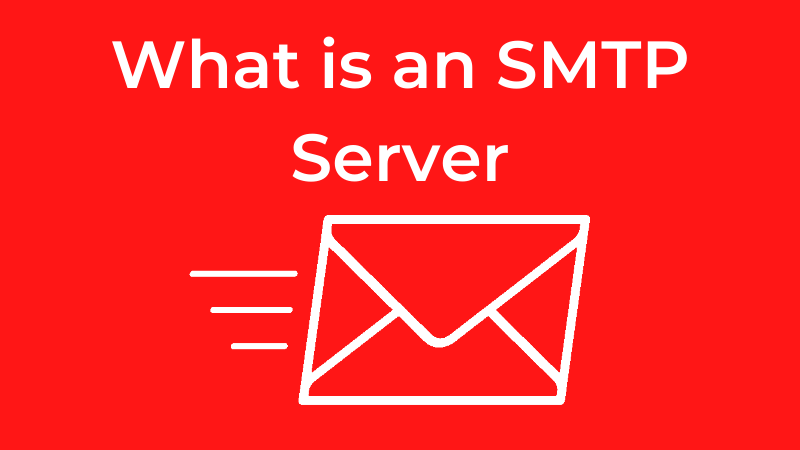The following table provides the TCP Port information that you will need when setting up your eMail Clien software to communicate with our servers.
We strongly recommend that you configuration your client software to use the encrypted communcations when sending and receving eMail from our systems.
Be sure your personal and/or corporate firewalls are configured to allow communications on the desired ports listed below.
POP3 (eMail Retrieval)
POP supports simple download-and-delete requirements for access to remote mailboxes. Although most POP clients have an option to leave mail on server after download, eMail clients using POP generally connect, retrieve all messages, store them on the user’s client device (PC, Phone, Tablet, etc) as new messages, delete them from the server, and then disconnect. (Although you can use POP with our service, we recommend using IMAP or the MAPI Connector for Outlook).
Description TCP Port # SSL/TLS
| Standard POP3 (Non-Encrypted) | 110 | NO |
| Encrypted POP3 – Recommended | 995 | YES: SSL |
IMAP (eMail Retrieval)
IMAP syncs your mail client program with the server. eMails stay on the server, and you can make and view mail folders on the server in addition to the inbox. Most mail client program have a feature to initially sync just the eMail headers, so you can quickly see what emails you have, then download the message body when you want to read the email. Since emails stay on the server, you can see all your emails from many mail client programs or devices and our WebWeb client. (If you are not use Microsoft Outlook which supports the MAPI protocol, IMAP is our recommended protocol)
Description TCP Port # SSL/TLS
| Standard IMAP (Non-Encrypted) | 143 | NO |
| Encrypted IMAP – Recommended | 993 | YES: SSL |
SMTP (Sending Messages)
IMAP syncs your mail client program with the server. eMails stay on the server, and you can make and view mail folders on the server in addition to the inbox. Most mail client program have a feature to initially sync just the eMail headers, so you can quickly see what emails you have, then download the message body when you want to read the email. Since emails stay on the server, you can see all your emails from many mail client programs or devices and our WebWeb client. (If you are not use Microsoft Outlook which supports the MAPI protocol, IMAP is our recommended protocol)
Description TCP Port # SSL/TLS
| Standard SMTP (Encryption Optional via TLS) | 25 | YES: TLS |
| Standard SMTP (Encryption Optional via TLS) – Recommendation 1 | 2525 | YES: TLS |
| Standard SMTP Submission Port (Encryption Optional via TLS) | 587 | YES: TLS |
| Encrypted SMTP – Recommendation 2 | 465 | YES: SSL |
Synchronization (CalDAV/CardDAV & SyncML)
CalDAV and CardDAV allows mail clients to access server hosted calendars and contacts.
SyncML is widely used as the synchronization protocl for mobile devices.
Description TCP Port # SSL/TLS
| Standard Synchronization | 8080 | NO |
| Encrypted Synchronization – Recommended | 8443 | YES: SSL |
ActiveSync and AutoDiscover (Mobile Device Sync)
ActiveSync allows a mobile device to be synchroized with the mail server.
AutoDiscover is a service that allows users to easily configure their email client knowing only their email address and password.
Description TCP Port # SSL/TLS
| Standard Communications | 80 | NO |
| Encrypted Communications- Recommened | 443 | YES: SSL |
WebMail and WebAdmin (Web Sites)
WebMail is websites that allow for accessing eMail on PC and Mobile devices.
WebAdmin is a website for uses with Admin permissiosn to manage their postoffices.
Description TCP Port # SSL/TLS
| Standard Website | 80 | NO |
| Encrypted Website – Recommened | 443 | YES: SSL |




